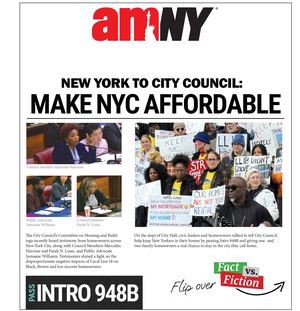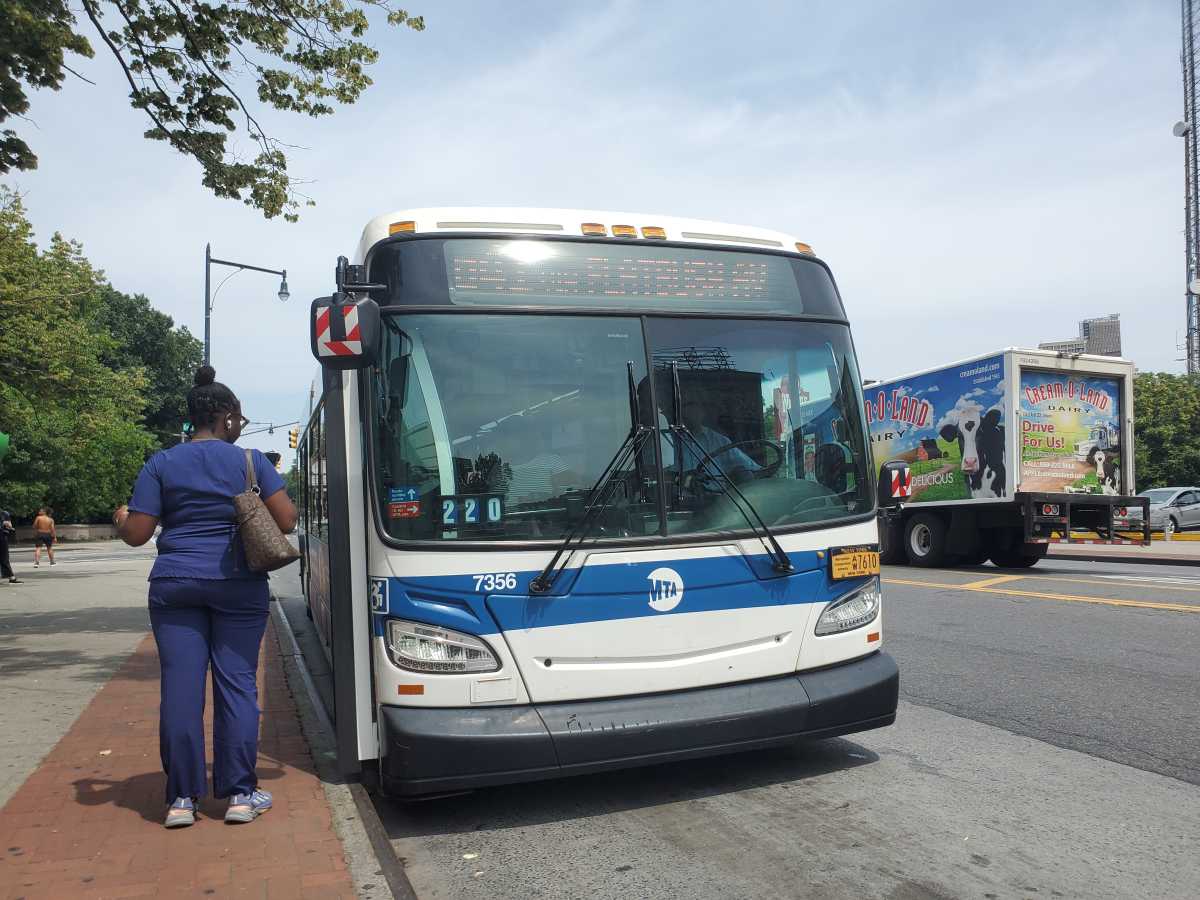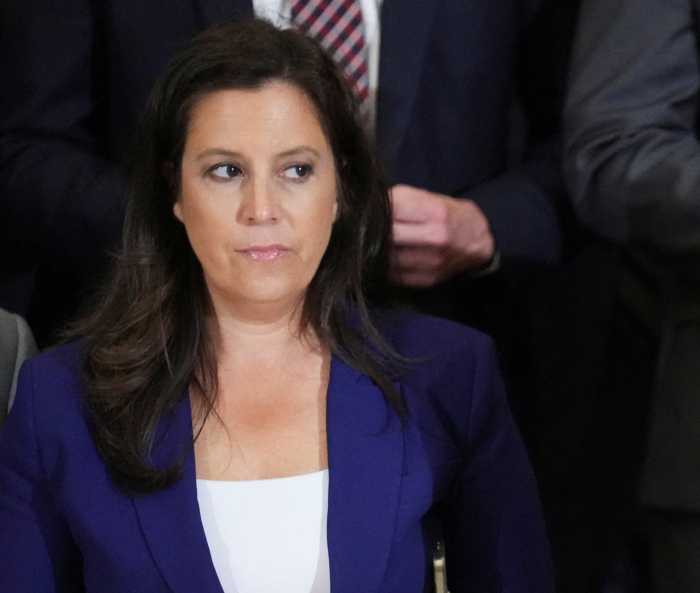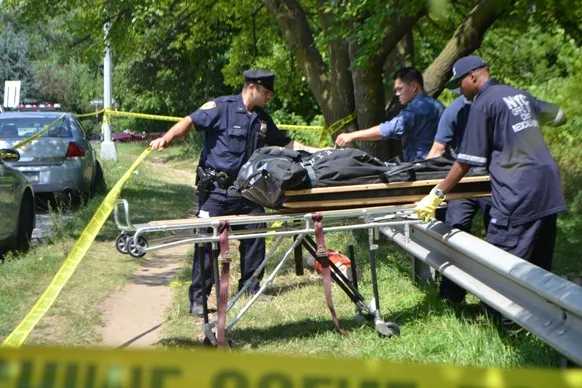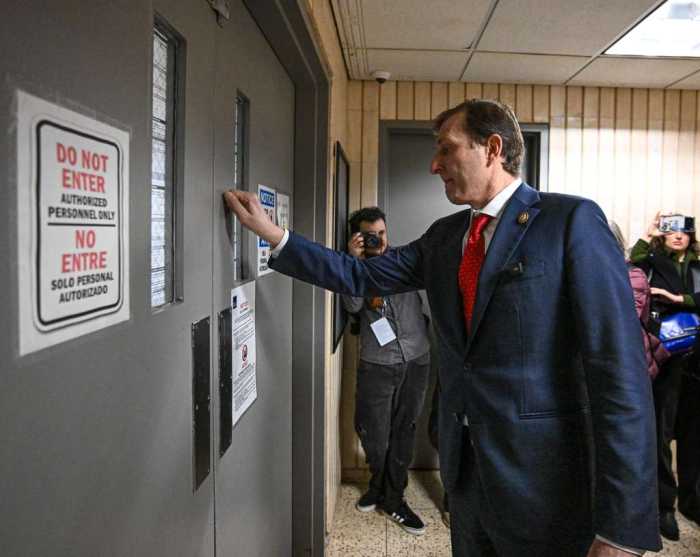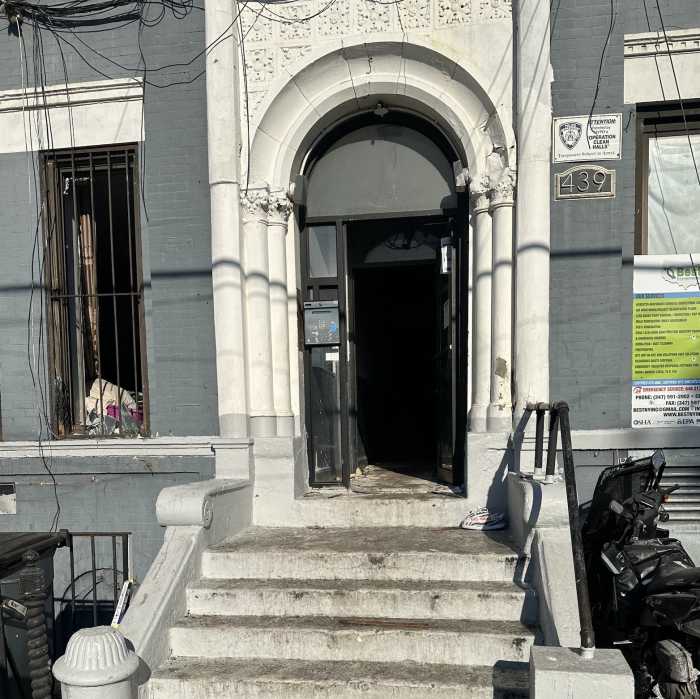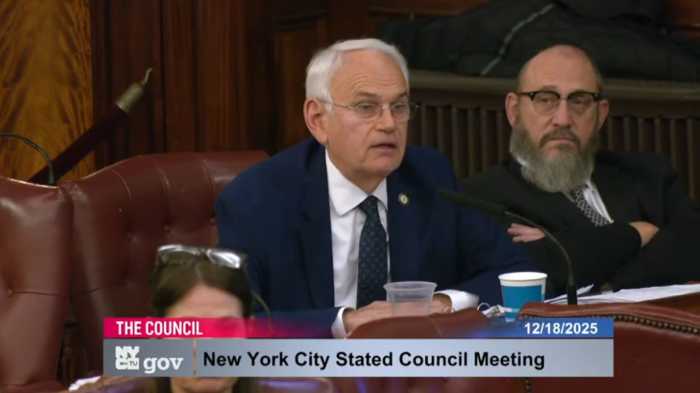The free bus pilot program that the MTA and state instituted last year, offering free rides on one bus line in each borough, led to an increase in ridership on the routes. That sounds like a success, right? Not in the MTA’s view.
On Monday, the authority announced it would pull the plug on the free bus pilot program this September. Certainly, the fact that the state legislature pulled funding for the program in the new budget had something to do with that decision. In the MTA’s view, however, the program’s flaws come down to more than dollars and cents.
According to MTA statistics, ridership on the free routes went up 30% on weekdays and 38% on weekdays — but they claim that most of the increase came from already loyal route riders who wound up taking the buses more frequently.
Then the law of unintended consequences reared its head. The increased ridership on the free lines slowed the bus lines down.
Average bus speeds, according to the MTA, slowed year-over-year against paid routes throughout the city. Dwell times — the amount of time a bus sits at a stop while people board or depart — also rose 7% on the free lines as compared to a 1% increase elsewhere in the city.
So what’s the lesson learned here for the MTA? That the best things in life aren’t free? Not necessarily.
New Yorkers have been paying fares to ride the buses and subways since time immemorial. Warts and all, our transit system remains the envy of America in terms of 24/7 operations and affordability.
The problem with NYC’s buses is not affordability. The problems are speed and performance — and one obstacle after another thrown in the way of progress.
The MTA worked in recent years to redesign the bus networks to make them more efficient, an effort that has taken years. It has teamed up with the city on expanding the bus lane network, but the city has lagged in building out more bus lanes while overall traffic grows year after year.
Gov. Kathy Hochul’s congestion pricing plan threw another wrench into the bus improvement effort in two ways — depriving the MTA of new funding to upgrade the fleet, and taking cars off the streets of Manhattan with the $15 toll that was to be charged.
New York and the MTA, if it wanted to, could make the buses free, and more people would take them. But what success would it be if the buses were jam-packed and crawling on local streets anyway?
State lawmakers should demand better buses for New Yorkers. They should work with the MTA to get the necessary funding to upgrade the bus fleet; and with the city to move forward on bus lane network expansion that improves overall speed and reliability.
We New Yorkers have been paying for buses since time immemorial. The fare isn’t the problem.
Read More: https://www.amny.com/news/
